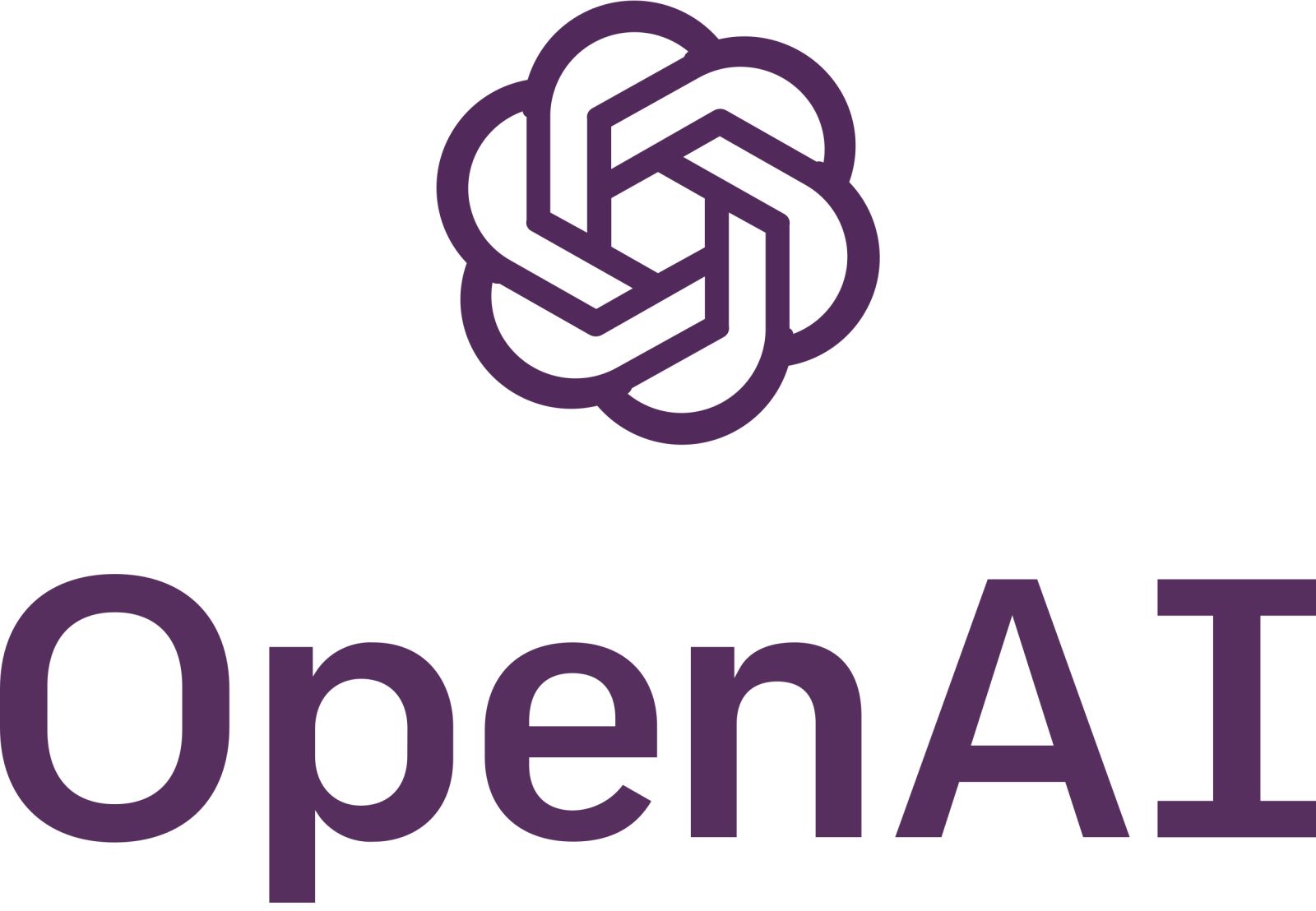Introduction
Project Mercury is OpenAI's new initiative that represents a paradigm shift in how the company applies artificial intelligence to real-world challenges. With over 100 former investment bankers recruited from JPMorgan Chase, Goldman Sachs, and Morgan Stanley, OpenAI is paying up to $150 per hour to train its AI models to understand and automate complex financial tasks.
What Is Project Mercury?
Project Mercury is the internal code name for OpenAI's initiative to transform traditional investment banking workflows. Contractors, primarily former finance professionals, create financial models for transactions such as corporate restructurings and initial public offerings (IPOs). These models are then used to train OpenAI's artificial intelligence algorithms.
Compensation and Participants
Contractors recruited for Project Mercury receive $150 per hour, a significant rate in the contractor marketplace. The program has attracted interest not only from former Wall Street employees but also from current MBA candidates at prestigious universities such as Harvard and MIT. This demographic composition reflects OpenAI's pursuit of talent with practical experience in the financial sector.
How the Selection Process Works
The application process for Project Mercury is largely automated. Candidates first face a 20-minute interview with an AI chatbot, followed by tests on financial analysis and modeling. Those who pass this screening phase must then submit one financial model per week in Excel format, adhering to recognized industry standards.
The Objective: Automating Repetitive Banking Work
Young investment banking analysts traditionally work 100-hour weeks building detailed Excel models for mergers and acquisitions and modifying PowerPoint presentations. Project Mercury aims to use AI to automate these repetitive and time-consuming tasks. OpenAI's goal is to expand the real-world, practical applications of AI across key sectors such as finance and technology.
Context: OpenAI's Valuation and the Search for Profitability
Despite reaching a $500 billion valuation early in the month (solidifying its status as the world's most valuable private company), OpenAI has yet to achieve profitability. Project Mercury represents a strategic effort to identify and exploit concrete use cases that generate tangible business value.
Implications for the Banking Industry
Automating modeling and presentation tasks could reduce burnout among junior bankers, addressing a well-known industry problem. However, sector experts raise important considerations about the loss of educational value. Jeanne Branthover, head of global financial services at recruiting firm DHR Global, emphasized how manual work on documents and analysis is a crucial learning process:
"Reading the documents, analyzing them, there's a process that you need to learn. Missing out on this kind of work is going to be detrimental to the young bankers."
Jeanne Branthover, Head of Global Financial Services, DHR Global
Branthover highlights the risk that junior bankers, deprived of manual modeling experiences, will lose critical opportunities to develop industry knowledge, attention to detail, and confidence in client interactions.
AI Adoption in the Financial Sector
Project Mercury does not operate in isolation. Other major financial and consulting institutions are already adopting generative artificial intelligence. Citigroup, for example, began deploying its AI tool Stylus in late 2024 to 140,000 employees across eight countries. Stylus is capable of summarizing, comparing, and searching multiple documents simultaneously, drastically reducing time spent on manual analysis.
Conclusion
OpenAI's Project Mercury represents a significant step in applying artificial intelligence to the financial sector. By recruiting over 100 senior ex-bankers and paying them $150 per hour, OpenAI is investing considerable resources to create training models that reflect the real-world complexity of banking work. While this move promises to automate repetitive tasks and reduce the workload of junior bankers, it raises legitimate questions about the loss of essential learning opportunities. In the broader context of AI adoption in the financial sector, Project Mercury highlights how tech companies are penetrating traditional business processes ever more deeply, redefining the value and skills required in entry-level roles.
FAQ
What Is OpenAI's Project Mercury?
Project Mercury is OpenAI's internal initiative that recruits over 100 former bankers from JPMorgan Chase, Goldman Sachs, and Morgan Stanley at $150 per hour to create financial models that train AI to automate traditional banking tasks.
How Much Do Project Mercury Contractors Earn?
Project Mercury contractors receive compensation of $150 per hour, a competitive rate for recruiting professionals with financial sector experience and advanced degrees such as MBAs.
Why Is OpenAI Training AI with Former Bankers?
OpenAI aims to teach its AI to understand and replicate complex financial processes and models used in real banking environments, enabling automation of tasks like creating Excel models for M&A and IPOs.
How Does the Application Process for Project Mercury Work?
The process begins with a 20-minute interview with an AI chatbot, followed by tests on financial analysis. Those who pass screening must then submit an Excel financial model weekly according to industry standards.
What Are the Risks of AI-Driven Banking Automation?
Experts like Jeanne Branthover warn that automation could deprive junior bankers of crucial formative experiences, preventing them from developing essential industry knowledge, attention to detail, and client-facing skills needed for their careers.
Are Other Financial Institutions Adopting Similar AI Tools?
Yes, Citigroup launched Stylus, an AI tool deployed to 140,000 employees across eight countries in 2024, which summarizes and compares multiple documents, reducing manual analysis time significantly.
Is OpenAI Currently Profitable?
No, despite a $500 billion valuation, OpenAI has not yet achieved profitability. Project Mercury represents an effort to identify real-world commercial applications that generate tangible value and profitability.
